Best Gym Apparel Brands: Building a Sustainable Active Wear Brand from Scratch!
 2024-03-20
2024-03-20

 Sansansun
Sansansun
Introduction
Starting the trip of developing a Sustainable Active Wear brand from zero requires an in-depth penetration into eco-friendly materials, moral production, and modern design. It begins with prioritizing sustainability from the start. The use of such fabrics as organic cotton, recycled polyester, and Tencel merges eco-responsibility with the functionality that is inherent to activewear. Drawing inspiration from the Best Gym Apparel Brands, which are renowned for their commitment to quality and innovation, can provide valuable insights into achieving the perfect balance between sustainability and performance.
Understanding the Sustainable Active Wear Market!
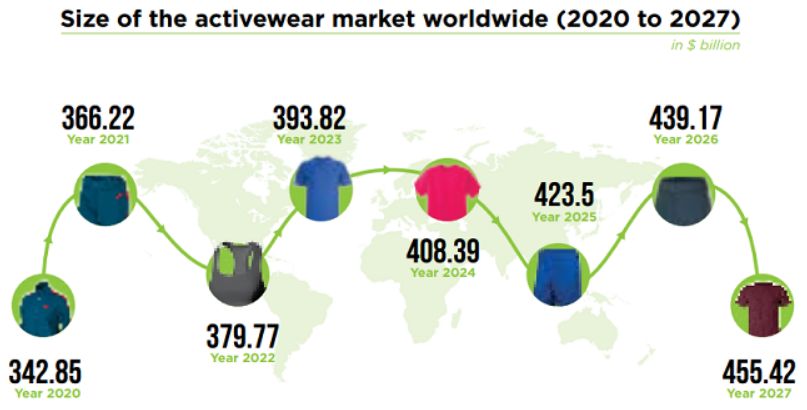
Sustainable Active Wear thrives in eco-conscious markets. Brands like Patagonia and Reformation lead, using recycled PET and organic cotton. Low-impact dyes minimize water usage. Tencel and Modal fibers, from renewable sources, feature heavily. Production emphasizes reduced CO₂ emissions.
Zero-waste designs gain traction. Consumer demand shifts towards ethical sourcing. Apparel longevity is a key focus. Certifications like GOTS and Fair Trade validate eco-credentials. The market sees a rise in upcycled materials. Energy-efficient manufacturing processes are now standard. Water conservation techniques in textile production are critical. Sustainable packaging, often biodegradable, complements eco-friendly products.
Getting Inspired: Research and Inspiration!

Market Analysis
In-depth dives into eco-fabric markets reveal a surge. Key players prioritize organic, recycled inputs. Data points towards a green textile boom. Brands tap into eco-conscious consumer bases. R&D focuses on minimizing water, energy footprints. Trend analyses predict a shift towards biodegradability. Industry benchmarks set new sustainability goals.
Market segmentation highlights eco-active niches. Demand for transparency in supply chains grows. Consumer insights drive green innovation. Eco-labels influence purchasing decisions. Sustainability metrics become crucial in market positioning.
Competitor Benchmarking
Leading brands set benchmarks in eco-innovation. Competitor strategies focus on circularity, waste reduction. Analysis unveils a competitive edge in green sourcing. Brand comparisons highlight differences in eco-certifications. Sustainability reports reveal diverse approaches to emissions. Product lifecycle assessments become a competitive tool.
Transparency in material sourcing distinguishes market leaders. Consumer feedback loops inform brand improvements. Competitive intelligence tracks eco-tech advancements. Market share shifts towards brands with robust eco-policies. Collaboration in sustainability efforts emerges as a trend.
Sustainability Standards
GOTS, Bluesign certifications mark eco-excellence. ISO 14001 becomes a baseline for eco-compliance. Fair Trade, B Corp statuses reflect ethical commitments. Standards for water usage, carbon footprints tighten. Eco-labels guide consumer trust in green apparel. Industry adopts Life Cycle Assessment (LCA) for transparency. Renewable energy targets become commonplace in manufacturing.
Zero-waste production techniques gain momentum. Sustainable packaging criteria influence brand choices. Material traceability becomes non-negotiable. Standards evolve to include biodiversity, conservation efforts.
Innovation Trends
Biodegradable fibers revolutionize eco-apparel. Nanotechnology enhances fabric sustainability, functionality. 3D printing reduces waste in garment production. Smart textiles integrate eco-sensors for environmental impact monitoring. Innovations in dyeing processes cut water, chemical use. Blockchain ensures transparency in sustainable supply chains.
AI-driven designs optimize material use. Collaborative platforms for circular fashion emerge. Renewable energy powers sustainable manufacturing hubs. Tech advancements lead to waterless textile treatments. Eco-innovations align with consumer wellness trends.
Consumer Preferences
Shoppers prioritize sustainability, ethics in apparel choices. Demand for organic, recycled materials spikes. Eco-friendly packaging influences buying decisions. Social media amplifies eco-conscious consumer movements. Surveys show a willingness to pay more for sustainability.
Transparency in sourcing, production processes becomes crucial. Brand loyalty strengthens with robust eco-practices. Online reviews, eco-ratings guide consumer choices. Sustainable lifestyle trends shape apparel preferences. Green influencers impact fashion consumption patterns. Community-driven eco-initiatives gain consumer support.
Brand Identity
Eco-centric values define brand narratives. Logos, taglines reflect commitment to sustainability. Storytelling incorporates eco-journeys, material origins. Brand identity aligns with green movements, causes. Collaborations with eco-activists, NGOs amplify brand message.
Visuals, campaigns showcase real-world eco-impacts. Social media content educates on sustainability practices. Brand communities foster eco-conscious lifestyles. Customer experiences are crafted around eco-engagement. Brand loyalty intertwines with shared eco-values.
Eco-materials
Organic cotton, bamboo fibers lead eco-material charts. Recycled polyester reduces plastic waste footprint. Algae-based fabrics introduce biodegradability into activewear. Eco-friendly coatings enhance fabric durability, performance. Material innovation focuses on reducing microfiber pollution.
Natural dyes replace harmful chemical counterparts. Eco-material certifications guide informed choices. Research into mushroom, seaweed textiles expands.
Defining Your Competitive Edge!
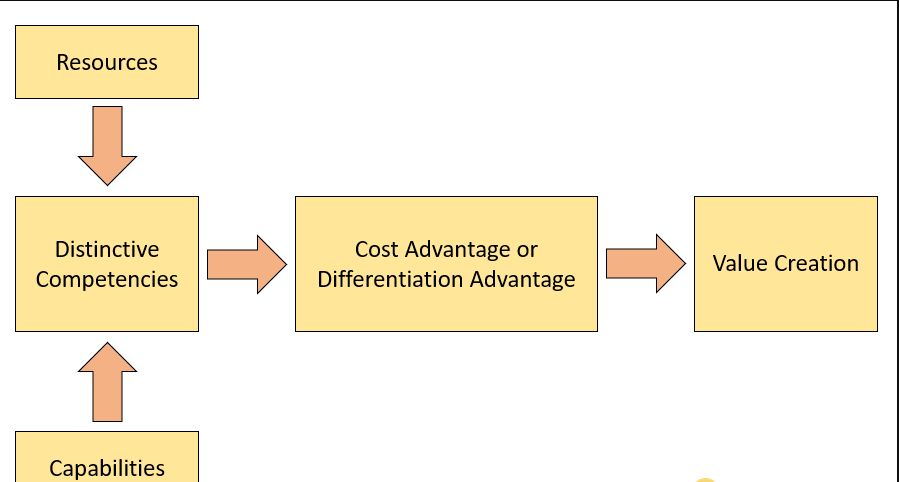
Unique Value
Eco-active wear stands out with its green footprint. Materials like recycled PET, organic cotton dominate. Zero-waste production methods set brands apart. Unique designs merge sustainability with style. Durable, eco-friendly garments offer long-term value.
Ethical labor practices enhance brand appeal. Custom gym wear eco-packs add a unique touch. Tech integration for sustainability tracking impresses. Local sourcing strategies reduce carbon emissions. Collaboration with eco-activists boosts credibility. Exclusive eco-collections cater to niche markets.
Eco-certifications
GOTS, Bluesign labels assure eco-quality. Fair Trade certification bolsters ethical sourcing. Cradle to Cradle certification underscores circularity. ISO 14001 attests to environmental management excellence. LEED compliance highlights sustainable operations. SA8000 certification guarantees fair labor conditions. FSC-certified packaging speaks to forest stewardship.
Climate Neutral certification reflects carbon accountability. Vegan certification attracts ethical consumers. OEKO-TEX standard ensures toxin-free textiles. B Corp status signifies overall sustainability commitment.
Brand Messaging
Eco-centric narratives resonate in marketing. Storytelling highlights sustainability journeys, impacts. Visuals depict real eco-friendly practices. Taglines emphasize green commitment. Social media campaigns spread eco-awareness. Influencer collaborations amplify eco-messages.
Customer testimonials validate green claims. Packaging communicates eco-benefits. Advertisements showcase sustainable lifestyles. Brand partnerships with NGOs lend credibility. Events and workshops educate on eco-living. Blogs and content market green innovations.
Market Gap
Research identifies underserved eco-niches. Demand for sustainable activewear outpaces supply. Gap analysis reveals opportunities in eco-tech. Consumer feedback points to unmet eco-desires. Competitive landscape shows room for innovation. Market studies highlight lack of eco-size inclusivity. Analysis uncovers need for more eco-certified gear.
Surveys show demand for transparent sourcing. Industry reports indicate a gap in eco-luxury. Eco-conscious consumers seek more affordable options. Geographic market gaps offer expansion opportunities.
Design Innovation
Eco-designs blend function with green aesthetics. Innovative fabrics push sustainability boundaries. Modular designs enhance garment longevity. Biodegradable materials mark a design shift. Smart textiles incorporate eco-sensors. Zero-waste patterns minimize fabric scraps. Adaptive wear caters to diverse bodies. Collaborative designs involve eco-communities.
Tech integration offers new eco-solutions. Limited editions create buzz around sustainability. Design contests foster eco-innovation.
Customer Engagement
Brands engage through eco-focused platforms. Interactive apps track garment sustainability. Social media challenges promote eco-actions. Loyalty programs reward green choices.
Customer feedback shapes eco-collections. Virtual events connect eco-conscious communities. Personalized eco-tips foster loyalty. Gamification encourages sustainable behaviors. Collaborative projects involve customers in sustainability. Eco-education initiatives build community. Support for eco-causes deepens engagement.
Ideas On Designing Your Sustainable Active Wear Line!

Fabric Selection
Choose fabrics like organic cotton, Tencel, and recycled polyester. Prioritize materials with low water footprints. Seek out suppliers with transparent, eco-friendly practices. Opt for durable, high wasited seamless quality textiles to extend garment lifespans. Incorporate biodegradable options where possible.
Ensure fabrics are certified by reputable eco-standards. Balance functionality with eco-consciousness in material choices. Experiment with innovative, sustainable fibers. Minimize the use of mixed materials to simplify recycling.
Eco-design
Design with zero-waste patterns to reduce scrap. Opt for modular designs for easy repair and recycling. Integrate natural dyes and mordants for safer coloration. Employ energy-efficient manufacturing processes. Design for disassembly, ensuring each part can be recycled.
Use minimal, eco-friendly packaging. Consider the entire lifecycle of the product in the design phase. Collaborate with eco-innovators for fresh ideas. Make timeless pieces that transcend seasonal trends.
Functional Features
Incorporate moisture-wicking, breathable eco-fabrics for comfort. Ensure activewear offers UV protection using safe, sustainable methods. Add anti-microbial properties through natural, non-toxic treatments. Design with multi-functionality in mind to reduce consumer needs.
Include smart pockets and ergonomic features for convenience. Make garments adaptable to various weather conditions. Prioritize the wearer's range of motion in design. Test for durability in high-stress areas.
Style Trends
Align with current fashion trends while maintaining an eco-focus. Integrate versatile designs that work for multiple settings. Adopt a minimalist aesthetic to emphasize sustainability. Use eco-conscious embellishments sparingly. Offer a range of sizes to promote inclusivity.
Experiment with natural color palettes. Introduce capsule collections to highlight eco-chic styles. Collaborate with eco-conscious designers for limited editions. Stay ahead of trends with sustainable innovations.
Durability Focus
Select materials known for their longevity. Reinforce seams and stress points for extended wear. Offer repair kits or services to extend the product's life. Educate consumers on proper care to maintain durability. Choose timeless designs over fast fashion trends. Test products rigorously before launch. Guarantee quality with warranties or guarantees. Use feedback to continuously improve durability. Make durability a key selling point.
Ethical Sourcing
Partner with suppliers who adhere to fair labor practices. Trace the origin of every material used. Support local economies and reduce transportation emissions. Invest in communities where materials are sourced. Demand transparency from every supplier.
Conduct regular audits to ensure ethical standards are met. Foster long-term relationships with ethical suppliers. Use sourcing as a cornerstone of your brand story. Educate consumers on the importance of ethical sourcing.
How To Choose the Right Manufacturing Partner?

Production Ethics
Verify ethical labor practices at potential facilities. Look for certifications like Fair Trade, SA8000. Ensure no child, forced labor is used. Assess worker safety, rights protection measures. Check for fair wages, reasonable working hours. Demand transparency in all production processes.
Evaluate the manufacturer's commitment to worker well-being. Insist on regular ethical audits. Partner with manufacturers sharing your ethical values. Ethical production should be a non-negotiable aspect.
Quality Standards
Prioritize ISO 9001 certified manufacturers for quality assurance. Inspect previous product samples for craftsmanship. Demand adherence to your specific quality parameters. Establish clear quality control protocols. Ensure facilities have rigorous testing procedures. Monitor defect rates closely.
Quality consistency is key to brand reputation. Require detailed reports on material, production quality. High-quality products justify higher price points. Implement continuous improvement processes for quality.
Sustainable Practices
Choose partners with proven eco-friendly manufacturing processes. Look for renewable energy use in production. Waste reduction and recycling should be standard. Water conservation measures are essential in textile manufacturing. Prefer manufacturers with a low carbon footprint.
Sustainable material sourcing is critical. Certifications like GOTS, Bluesign indicate eco-commitment. Demand transparency in environmental impact reporting. Sustainable practices should align with your brand ethos. Continuous improvement in sustainability is essential.
Location Considerations
Proximity to key markets can reduce carbon emissions, costs. Consider geopolitical stability, trade agreements. Local manufacturing can support community economies. Assess environmental regulations in potential locations. Transportation logistics impact your carbon footprint.
Cultural alignment can facilitate communication, quality. Time zone differences affect collaboration efficiency. Local sourcing opportunities can influence location choice. Weigh the benefits of centralized vs. decentralized manufacturing. Location decisions impact scalability, flexibility.
Cost Efficiency
Analyze total landed cost, not just production expenses. Consider long-term partnerships for cost negotiations. Volume commitments can leverage better pricing. Assess the impact of location on shipping, duties. Efficient production methods reduce waste, costs.
Transparent cost breakdowns foster trust, collaboration. Balance cost with quality, sustainability. Technological investments can yield long-term savings. Cost-effective solutions should not compromise ethical, environmental standards. Continuous cost optimization is crucial for competitiveness.
Supply Chain
Ensure material traceability in the supply chain. Diversify suppliers to mitigate risk. Assess supplier sustainability practices, certifications. Implement a robust supply chain management system. Slim fit short fitness, transparent supply chains enhance agility, ethics. Regular audits ensure compliance, quality.
Build strong relationships with key suppliers. Supply chain resilience is critical in crisis scenarios. Leverage technology for supply chain visibility. Collaborative supply chain partnerships drive innovation, sustainability.
Tips On Prototyping and Quality Assurance!

Sample Testing
Begin with rigorous prototype evaluations. Test multiple samples for consistency. Assess stitch quality, fabric strength. Perform wash tests for color fastness, shrinkage. Review feedback from diverse user groups. Adjust prototypes based on test results. Ensure samples meet all specified requirements. Repeat testing phases until satisfied. Finalize prototypes that surpass quality benchmarks. Prototype validation is crucial before mass production.
Fit Analysis
Analyze fit across varied body types. Employ adjustable mannequins for comprehensive assessments. Conduct wears trials to gauge comfort, movement. Gather feedback on fit from real users. Adjust patterns based on trial outcomes. Ensure activewear accommodates diverse activities. Prioritize ergonomic design for optimal performance. Fit perfection is key for user satisfaction. Refine designs until achieving the ideal fit.
Performance Checks
Subject activewear is to real-world conditions. Test for breathability, moisture-wicking properties. Assess UV protection levels, if applicable. Evaluate performance under extreme physical activities. Check for fabric pilling, seam integrity. Ensure activewear supports intended sports, exercises. Performance excellence is non-negotiable for activewear. Continuous improvement drives performance enhancements.
Sustainability Verification
Verify sustainable materials through certifications. Conduct life cycle assessments for environmental impact. Ensure eco-friendly practices in dyeing, printing. Audit supply chains for sustainability compliance. Partner with third-party verifiers for unbiased assessments.
Sustainability claims must be substantiated with evidence. Transparent reporting on sustainability metrics builds trust. Keep pushing for higher eco-standards in all processes.
Material Durability
Test materials for wear and tear resistance. Examine resilience against stretching, abrasions. Validate longevity through accelerated aging tests. Choose fabrics that maintain integrity over time. Durability testing ensures long-lasting activewear. Durable materials contribute to sustainability by reducing waste. Prioritize the selection of materials proven to endure. Material endurance is fundamental for sustainable activewear.
Design Refinement
Iterate designs based on testing feedback. Incorporate functional enhancements for better performance. Balance aesthetics with sustainability and performance.
Streamline designs for efficiency in production. Use customer insights to guide design adjustments. Prototype iterations drive design excellence. Refine until achieving a blend of style, function, sustainability. Constant innovation keeps designs relevant and competitive.
How To Market and Sell Your Sustainable Active Wear?
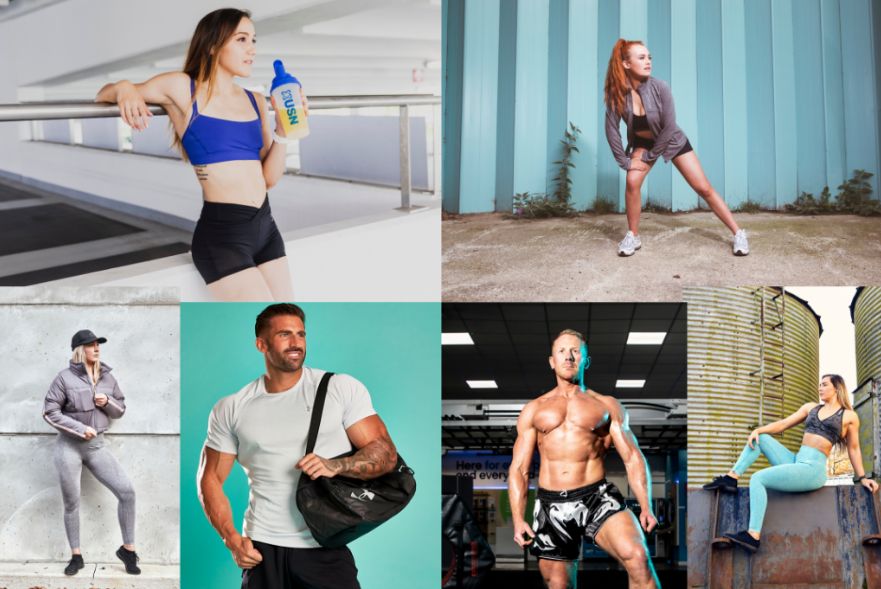
Brand Storytelling
Develop stories relating to your eco-mission. Share how the journey for sustainable activewear is made. Focus on partnerships with environmentally friendly suppliers. Consumers are bound to be attracted by real stories. Highlight the importance of selecting sustainable fitness clothing.
Use testimonials from your clients in the story. Make the eco-commitment of your brand relevant. Tell your green story using visuals. Give audiences content of your activities backstage. Through storytelling, let your brand’s eco-acts do the talking.
Digital Marketing
Utilize social media for the environmental campaigns. Emphasize sustainable practices with SEO. Create engaging content around sustainability. Advertise online for audiences that are environmentally conscious. Work with eco-influencers to reach a wider audience.
Use email marketing to spread eco-tips. Give consumers digital rewards for green purchases. Interact with online sustainability communities. Use digital metrics to improve strategies. Refresh digital content, infused with eco-values.
Sustainable Packaging
Invest in biodegradable, recyclable packaging. Create aesthetics of minimalistic and eco-friendly package. Educate consumers about packaging disposal. Employ packaging to strengthen eco-branding. Offer package return, recycling incentives. Highlight packaging sustainability in marketing.
Opt for local packaging suppliers to minimize emissions. Keep innovating towards better, more sustainable packaging solutions. Integrate packaging into the sustainable experience. Package materials meet eco-standards.
Collaborative Ventures
Partner with other eco-conscious brands. Join sustainable fashion coalitions, groups. Collaborate on eco-friendly projects, campaigns. Share resources to boost sustainability efforts.
Co-create limited edition eco-collections. Leverage joint ventures to amplify reach. Participate in eco-friendly trade shows, events. Engage in community sustainability initiatives. Foster a network of green collaborators. Use collaborations to innovate in sustainability.
Customer Education
Educate consumers on sustainable fashion benefits. Share tips for maintaining eco-activewear. Provide insights into the eco-production process. Create educational content for social media.
Offer resources on eco-friendly lifestyle choices. Empower consumers with knowledge on eco-impacts. Include educational inserts in product packaging. Develop an online eco-education hub. Make learning about sustainability engaging, accessible.
Market Penetration
Identify niche markets for eco-activewear. Offer introductory discounts to first-time buyers. Utilize targeted advertising to reach eco-conscious segments. Participate in eco-focused marketplaces, platforms. Use customer feedback to adapt offerings.
Implement referral programs to encourage eco-sharing. Highlight unique eco-features to stand out. Establish a presence in local eco-communities. Analyze market trends for strategic expansion. Prioritize customer service to build loyal eco-minded clientele.
How To Establish an Online Presence?
SEO Strategies
Optimize your website using the appropriate eco-fashion keywords. Make use of Meta tags for better visibility. Adopt the mobile-friendly site design to improve ranking. Use sustainable wear blogs for the depth of content. Eco-conscious sites are that have quality backlinks.
Do local SEO to achieve visibility in the region. Keep posting fresh content. Analyze keyword performance and modify strategies. Optimize images and videos to reduce loading time. Search engine optimization is important for the success of an online eco-brand.
Social Media
Make followers respond to interesting eco-wear stories. Utilize hashtags to increase discoverability. Make sure to post about sustainable fashion trends regularly.
Work together with eco-influencers in order to increase the reach. Conduct social media campaigns on green initiatives. Post customer testimonials and eco-impact stories. Use live features for active engagement. Analyze metrics of engagement to sharpen content. Your eco-active wear message is amplified with social media. Build a culture of sustainable fashion values.
E-commerce Optimization
Provide a smooth eco-wear shopping. Make product page descriptions simple and focused on being environmentally friendly. Show eco-materials using great photos.
Make navigation simple for enhanced user experience. Provide eco-friendly packaging options during the checkout process. Use upselling with sustainable accessories. Optimize checkout process for fast and secure payments. Test the website at regular intervals for UX enhancements. E-commerce optimization helps increase the sale of eco garments. In all virtual interactions, make sustainability a priority.
Content Marketing
Develop interesting materials on practices of sustainability. Tell stories of sourcing eco-materials. Make how-to guides on caring for eco-wear. Write articles about the effects of sustainable fashion. Use videos to demonstrate green production.
Make infographics about the advantages of eco-wear. Invite experts in sustainable fashion to host webinars. Consumers with an eco-conscious mindset are educated and entertained by content marketing. Continuously provide value through eco-focused content. Use content to create trust in your eco-brand.
User Experience
User-friendly navigation is on your website. Make sure eco-wear pages load quickly. Provide clear, concise product information. Install feedback loops for ongoing improvement. Make user experiences personalized according to eco-preferences. Provide virtual try-ons for better product visualization.
Ensure accessibility for all users. User experience is the most important aspect for preserving eco-conscious consumers. Constantly improve the online experience for eco-shoppers. Make the presentation of eco-wear simple and clear.
Analytics Tracking
Apply tracking tools that monitor website traffic and interactions with it. Analyze user flows to improve eco-wear pages. Track conversion rates of sustainable products. Use heat maps to enhance page layout.
Monitor social media engagement, and change strategies. Establish objectives to determine the success of eco-campaigns. Use A/B testing for content optimisation. Analytics shed light on eco-friendly consumer preferences.
FAQs!
Q. How To Ensure Sustainability In Activewear Production?
A. Use organic, recycled materials. Implement eco-friendly manufacturing processes. Minimize waste through design. Opt for sustainable packaging. Ensure ethical labor practices.
Regularly audit supply chains for sustainability. Adopt renewable energy in production. Invest in water conservation techniques. Encourage product longevity and recyclability. Continuously innovate for greener solutions.
Q. What Are The Best Eco-Friendly Materials For Activewear?
A. Go for organic cotton, bamboo and hemp. Recycled polyester and nylon helps reduce the problem of plastic waste. Tencel and Modal are sustainable because they have a low environmental impact.
Merino Wool provides a biodegradable alternative. Then, innovative solutions are in the form of algae-based and seaweed fabrics surface. These fabrics strike a balance between performance and eco-friendliness.
Q. What Is Special About A Sustainable Activewear Brand In The Competitive Market?
A. Emphasize unique sustainable practices. Highlight innovative eco-friendly materials. Share transparent supply chain details. Get involved in community and environmental programs.
Offer exceptional durability and design. Develop a powerful sustainability brand narrative. Give educational content about eco-living. Build an eco-conscious community. Distinguish yourself through certifications such as GOTS, Fair Trade.
Q. What Factors Should Be Taken Into Account When Selecting A Manufacturer?
A. Evaluate their commitment to sustainability. Evaluate the ethics of workers’ treatment. Check the quality of older products. Make sure that they comply with your sustainability criteria.
Look at the location of where carbon footprint is made. Examine their technological competencies on eco friendly production. Check qualifications and environmental regulations conformity. Prioritize transparent communication and practices.
Q. How Can A Brand Be Sustainable While Being High Quality?
A. Use eco-materials that are of high quality and durable. Implement strict quality control processes. Train workers in environmentally friendly production methods. Technological advances meant for precision and efficiency. Continue product testing and improvement.
Materials are from environmentally ethical sources. Balance eco-innovations with established quality approaches. Create a culture of high performance and sustainability in the organization.
Conclusion
The emergence of the Sustainable Active Wear brand from scratch is a realization and manifestation of ecological awareness and entrepreneurship spirit. The entrepreneurs, who are based on sustainable materials instead of ethical production and designs, do a lot for preservation of the environment.
This journey is not just a response to the growing demand for sustainable activewear; it also sets out standards in sustainability that will help redefine fashion as we know it. Standby us towards a sustainable way of fashioning with our humble presence at SANSANSPORTS where each product claims as an endeavor for the planet and its dwellers?

 Inquire(
Inquire(
 HOME
HOME Fitness Wear Manufacturing: Global Trends and Local Opportunities!
Fitness Wear Manufacturing: Global Trends and Local Opportunities!  You May Also Like
You May Also Like








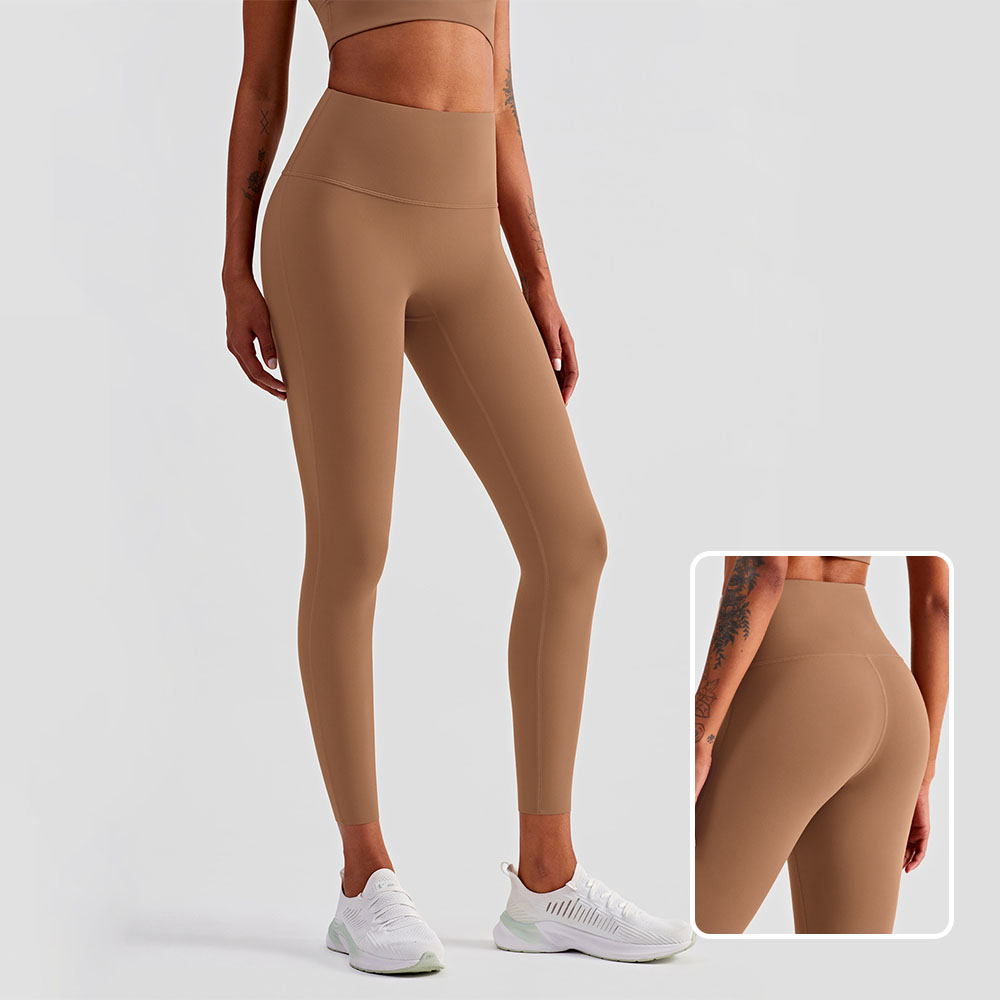





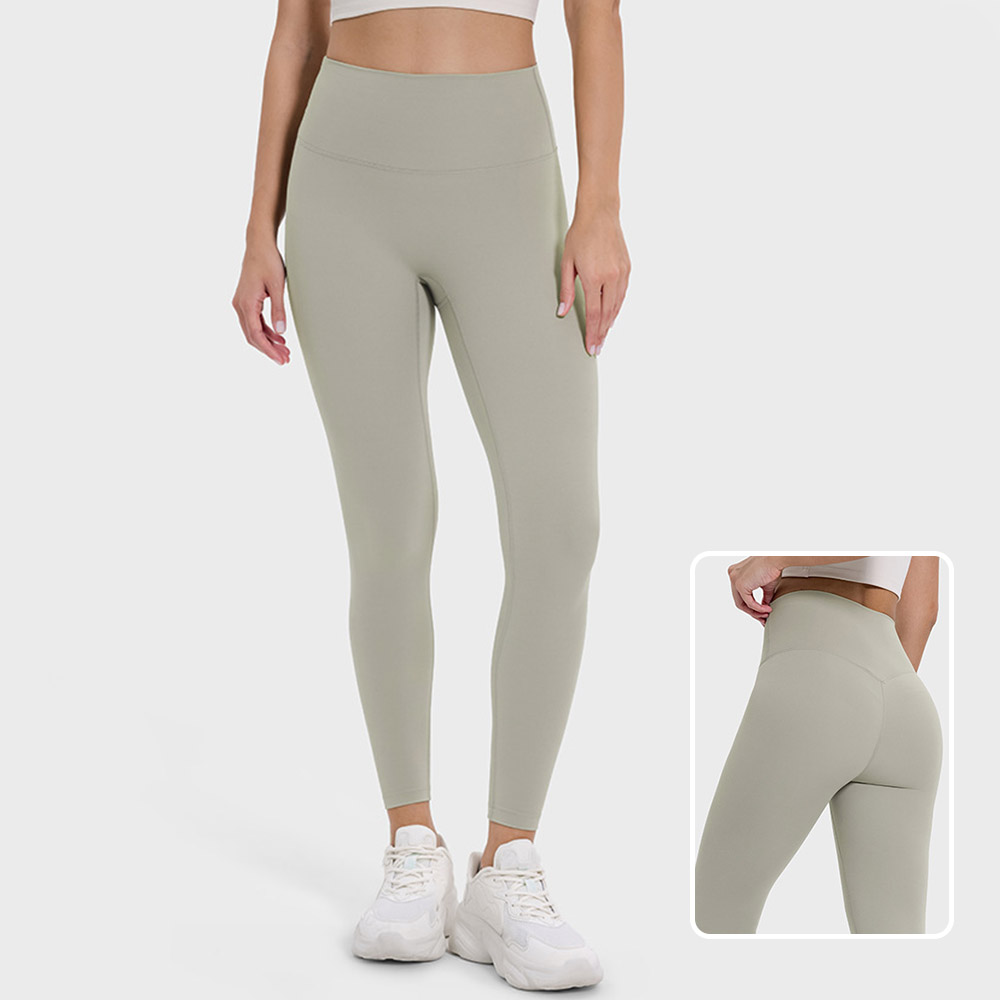







 Tel
Tel
 WhatsApp
WhatsApp
 Email
Email
 Address
Address






